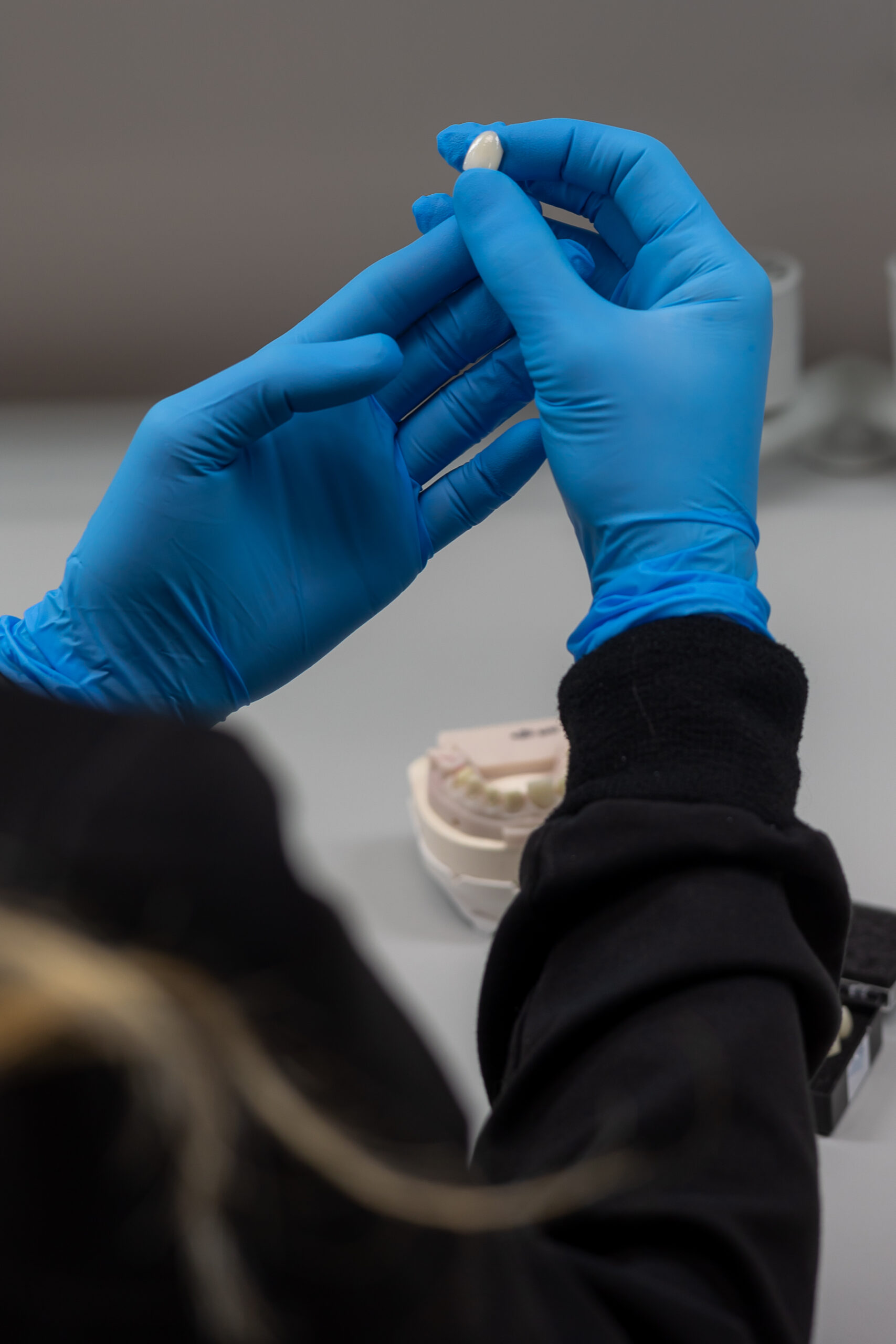-
-
-
Mon - Thursday: 8:00 am - 5:00 pm
Friday : By Appointment Only (We are closed public holidays)
Diagnosis and treatment
During your regular dental exam, your dentist or dental hygienist will check for signs of Periodontal Disease by:
Measuring the depth of your gingival pockets - The small space between your gums and teeth. Deeper pockets indicate more severe Periodontal Disease.
Examining for gum inflammation, bleeding, and recession - Your dentist will visually examine your gums and measure any areas of gum recession.
Checking for loose teeth and proper bite alignment - Periodontal Disease can cause teeth to loosen and shift.
Taking dental X-rays - To check for bone loss in areas where your dentist observes deeper pocket depths.

Treatment options
The main goal of periodontal treatment is to control infection. The treatment varies depending on the extent of the gum disease:
Early Stage (Gingivitis)
- Professional dental cleaning
- Improved home care routine
- More frequent dental check-ups
Advanced Stage (Periodontitis)
- Deep cleaning (scaling and root planning)
- Medications (antibiotic treatments)
- Surgical treatments (flap surgery, bone or tissue grafts)
